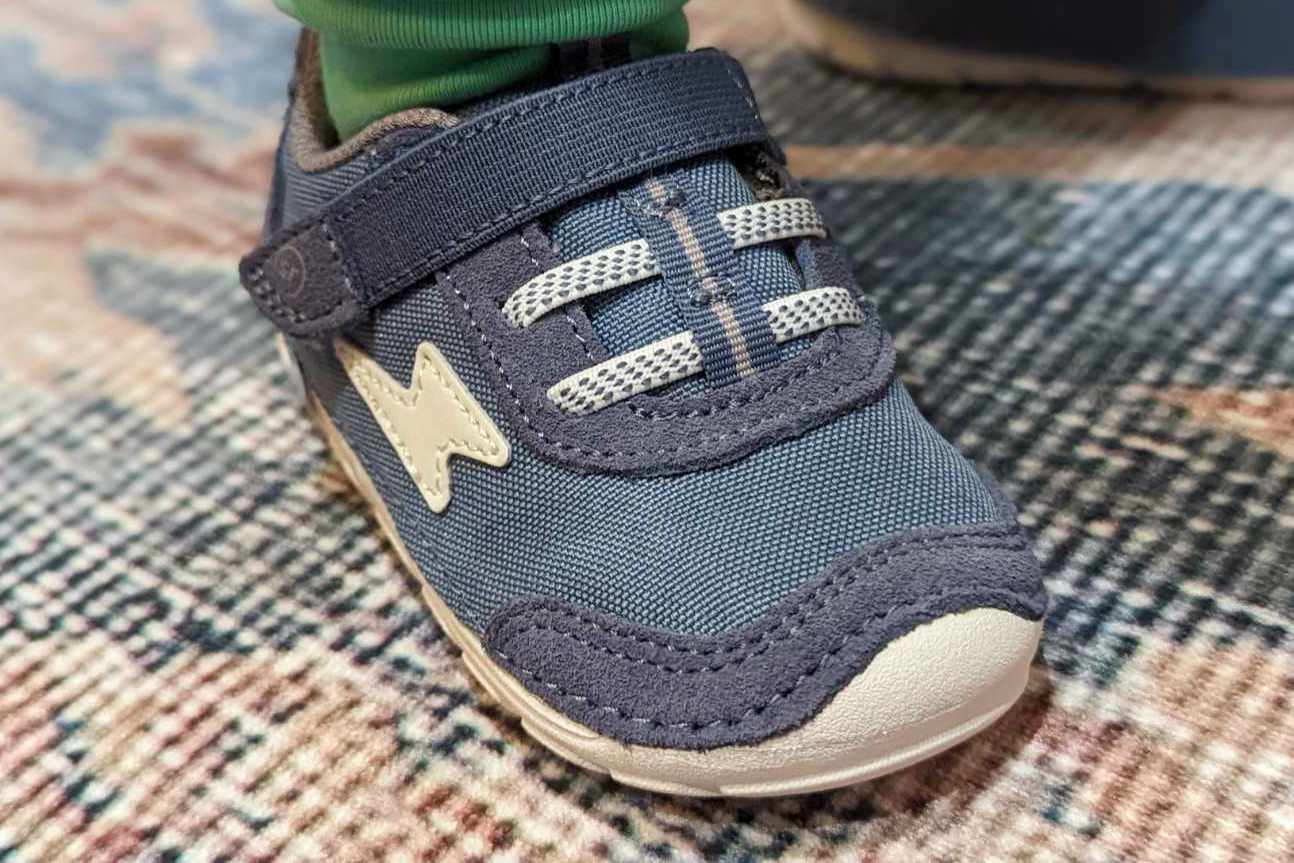Every parent knows that finding the perfect pair of shoes for their children can be a daunting task. The ideal pair must strike a balance between comfort, durability, and style, ensuring that your little ones can run, jump, and play without discomfort or damage to their feet.
In this guide, we’ll explore the world of children’s footwear, offering insights into why quality matters, what features to look for, and how to choose shoes that your kids will love and that will stand the test of time.
Why Quality Shoes Matter for Kids
Foot Health and Development
Children’s feet are still developing, and improper footwear can have long-lasting effects on their foot health and overall physical development. Well-fitted, supportive shoes help ensure proper alignment, balance, and posture. This is crucial for avoiding issues such as flat feet, heel pain, and improper gait, which can lead to more serious conditions later in life.
Comfort and Activity
Comfortable shoes are essential for active kids who spend a significant part of their day running, jumping, and playing. Shoes that fit well and provide adequate cushioning can prevent blisters, chafing, and other forms of discomfort. Moreover, comfortable shoes encourage children to stay active, promoting their physical fitness and overall well-being.
Durability and Cost-Effectiveness
Children are notoriously tough on their shoes. Investing in durable childrens footwear can save money and hassle in the long run, as high-quality shoes are less likely to wear out quickly or need frequent replacement. Durable materials and construction also mean better protection for your child’s feet, whether they’re playing sports, exploring the outdoors, or just going about their daily activities.
Key Features to Look for in Children’s Shoes
When shopping for children’s shoes, there are several key features to consider to ensure you’re making a smart choice:
Proper Fit
A proper fit is paramount. Shoes that are too tight can cause blisters and restrict growth, while shoes that are too loose can lead to instability and falls. Here are some tips for ensuring a good fit:
- Allow some wiggle room: There should be about a thumb’s width of space between the end of your child’s longest toe and the front of the shoe.
- Check the width: Make sure the shoe is not too tight across the widest part of your child’s foot.
- Secure heel fit: The heel should fit snugly without slipping out when walking.
- Adjustability: Look for features like Velcro straps, laces, or buckles that allow for a customizable fit.
Support and Cushioning
Supportive shoes are essential for maintaining proper foot alignment and reducing the risk of injury. Key support features to look for include:
- Arch support: Shoes should offer adequate arch support to help distribute weight evenly and reduce stress on the feet and legs.
- Cushioned insoles: Good cushioning helps absorb shock and provides comfort during activities.
- Firm heel counter: This provides stability and prevents the heel from rolling inwards or outwards.
Breathability
Breathable materials, such as mesh or leather, help keep feet cool and dry by allowing air circulation. This is especially important for active kids who are prone to sweating, as it reduces the risk of odor and fungal infections.
Flexibility
Children’s shoes should be flexible enough to allow natural foot movement, particularly in the forefoot area. A good test is to try bending the shoe; it should flex at the ball of the foot but remain firm enough to provide support.
Traction and Grip
Shoes with non-slip soles are crucial for preventing slips and falls, especially on wet or uneven surfaces. Look for rubber outsoles with deep grooves or patterns that provide good traction.
Durability
Durability is a key consideration given the rough and tumble nature of children’s play. Look for shoes made from robust materials like leather or high-quality synthetics, with reinforced areas like the toe cap and heel.
Style and Appeal
While functionality is vital, style matters too. Children are more likely to wear shoes they find appealing. Consider their preferences in color, design, and features like lights or fun patterns to ensure they love their new shoes.
Tips for Choosing the Right Shoes
Selecting the right shoes for your child involves considering their specific needs and preferences. Here are some tips to guide you:
Measure Their Feet Regularly
Children’s feet grow rapidly, so it’s important to measure their feet regularly to ensure they’re wearing the right size. Have your child’s feet measured every few months, and always check the fit before purchasing new shoes.
Prioritize Comfort
Comfort should be the top priority. Have your child try on the shoes and walk around in them to ensure they don’t pinch or rub. Pay attention to their feedback and look for any signs of discomfort.
Consider Their Activities
Think about the primary activities your child will be doing while wearing the shoes. For sports or active play, choose shoes with good support and cushioning. For school or casual wear, opt for styles that combine comfort with a more versatile design.
Look for Easy Fastening
Younger children or those who are not yet proficient at tying laces may benefit from shoes with Velcro straps or bungee laces. These options are easy to fasten and adjust, promoting independence and a secure fit.
Check for Quality
Examine the shoes for quality indicators, such as reinforced stitching, sturdy outsoles, and durable materials. Higher-quality shoes may come with a higher price tag, but they often provide better support and last longer.
Get Their Input
Involve your child in the selection process to ensure they’re happy with the shoes. Let them choose from a range of options that meet your criteria for quality and fit. This increases the likelihood that they’ll enjoy wearing the shoes and take good care of them.
Caring for Children’s Shoes
Proper care can extend the life of your child’s shoes and keep them looking good. Here are some tips for maintaining their footwear:
Regular Cleaning
Clean the shoes regularly to remove dirt and prevent stains. For most shoes, a gentle wipe with a damp cloth is sufficient. For stubborn stains, use a mild soap solution and a soft brush. Avoid machine washing unless specified by the manufacturer.
Dry Properly
If the shoes get wet, allow them to air dry naturally. Remove the insoles and stuff the shoes with newspaper to absorb moisture. Avoid using direct heat sources, which can damage the materials.
Rotate Shoes
Encourage your child to rotate between different pairs of shoes. This allows each pair to air out between uses, reducing wear and tear and extending their lifespan.
Store Correctly
Store shoes in a cool, dry place away from direct sunlight. Consider using shoe trees or stuffing them with paper to help maintain their shape.
Inspect for Wear
Regularly inspect the shoes for signs of wear, such as worn-out soles or loose stitching. Address any issues promptly to prevent further damage and ensure the shoes continue to provide proper support.
Conclusion
Finding the right shoes for your little ones involves balancing comfort, durability, and style. By considering factors like fit, support, and breathability, and choosing from reputable brands that prioritize quality, you can ensure that your child’s feet are well-protected and comfortable. Remember to involve your child in the process to find shoes that they love and that suit their active lifestyle. With the right pair of shoes, your kids will be ready to take on any adventure with happy, healthy feet.





